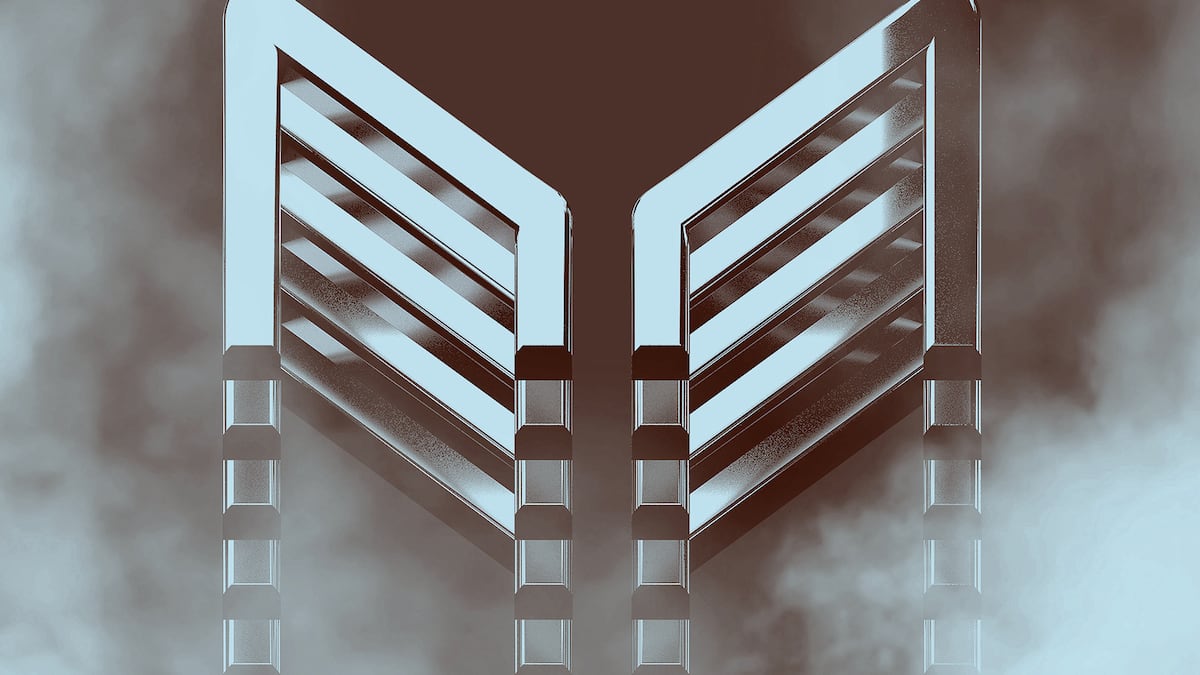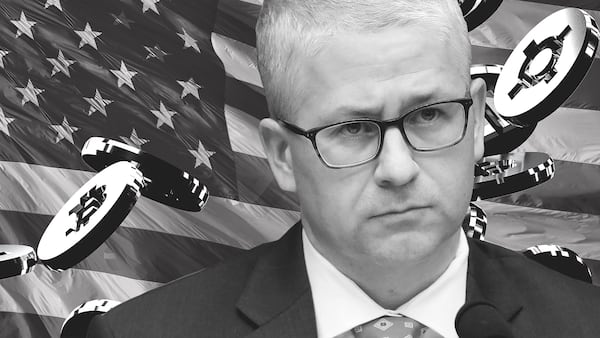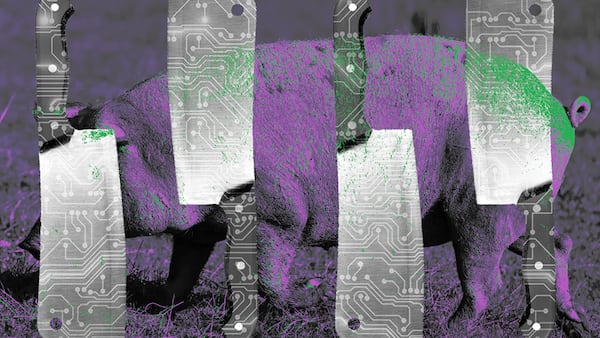- MakerDAO founder Rune Christensen is attempting to overhaul one of DeFi’s most important and widely used protocols into a platform that balances the ideals of crypto with the pragmatism of business.
- In an exclusive interview with DL News, he reveals how he plans to make that happen.
In an exclusive interview with DL News, MakerDAO founder Rune Christensen described how he is attempting to overhaul one of DeFi’s most important and widely used protocols into a platform that balances the ideals of crypto with the pragmatism of business. Here’s his five-step plan:
Step One: Rebrand Maker
The Endgame plan will seek to rename and reintroduce Maker, MakerDAO, and its two tokens: DAI, its stablecoin, and MKR, its governance token.
“The re-brand is all about working with top-tier branding and user experience agencies to kind of rethink what a maximally user-friendly and fun stablecoin and finance experience for regular people looks like,” Christensen said this week on Blockworks’ podcast.
The protocol itself will also get a new name, Christensen said. “We want a new, unified brand,’ he said, “that catches the whole thing.”
Step Two: Change decision-making
Endgame will empower subsidiary entities called sub-DAOs to handle most decision-making for the protocol. Each subDAO will have their own governance token and structure.
Among other things, Christensen hopes that subsidiaries will be forced to operate with greater efficiency.
“A lot of time and effort and resources were spent [at MakerDAO] on onboarding pointless collateral,” he said. “In the grand scheme of things, it didn’t really affect MKR holders as a whole. So no one ever learned.”
‘A lot of time and effort and resources were spent [at MakerDAO] on onboarding pointless collateral.’
— Rune Christensen
The opportunity cost of onboarding useless collateral could force subDAO members to be more thoughtful, he hopes.
SubDAO governance tokens will be distributed via farming, which Christensen calls “key” to Endgame. Users will put up the rebranded DAI, and earn yield in the form of subDAO governance tokens.
NOW READ: ‘Sybil attackers’ raid airdrops for millions with bogus wallet addresses and cunning
“You can pick many different subDAOs you can farm, and it feels kind of like playing a game,” he said. “But it’s not risky, like a Ponzi scheme.”
Farming, however, will not be available to people in the United States, given Gensler’s war against yield-bearing products in crypto.
Step Three: Tap AI for governance
Navigating DAO governance data and terminology can be quite the chore. So Christensen plans to utilise AI programs to help users get involved in Maker’s governance process. The hope is this will address the apathy that’s plagued voting and help spot any wrongdoing on the protocol.
Step Four: Pay voters
This one if pretty straightforward — pay people to vote in Make’s governance process. “Then you’re guaranteed to get voter participation,” Christensen said.
This has been a problem in fulfilling the DAO governance approach. Without more active voters, decision-making is dominated by whales and Christensen himself, who controls a great deal of MKR tokens. More votes would imbue the process with more credibility.
Step Five: Run custom blockchain
The fifth big change deals with the tech. Christensen proposed operating Maker on a customer-built blockchain network instead of Ethereum. He also wants to implement infrastructure to protect the protocol in the event an attacker acquires enough governance tokens to force a shutdown.
Have a tip about MakerDAO or other DeFi protocols? Contact the author at aleks@dlnews.com.



